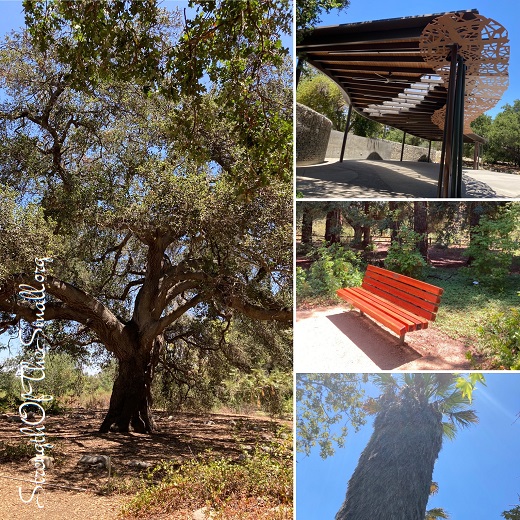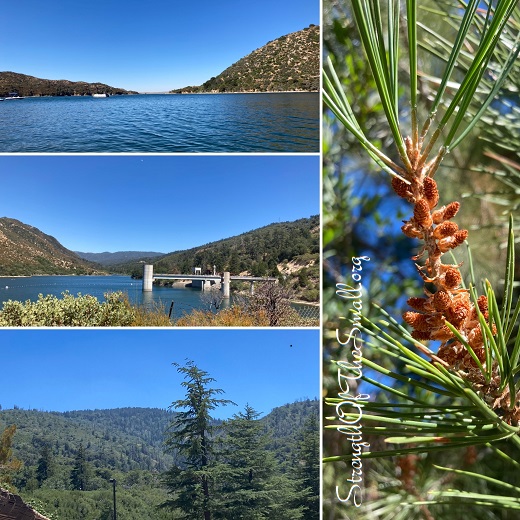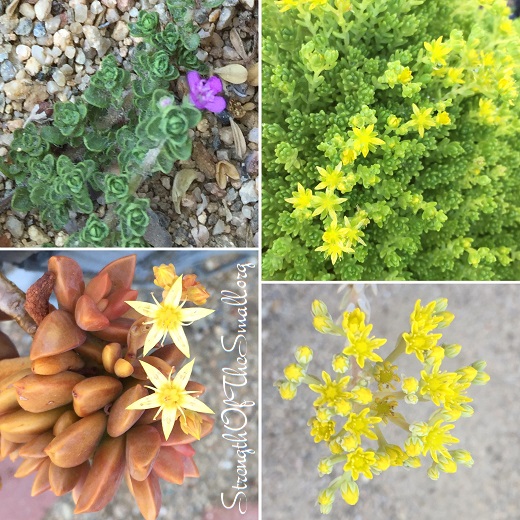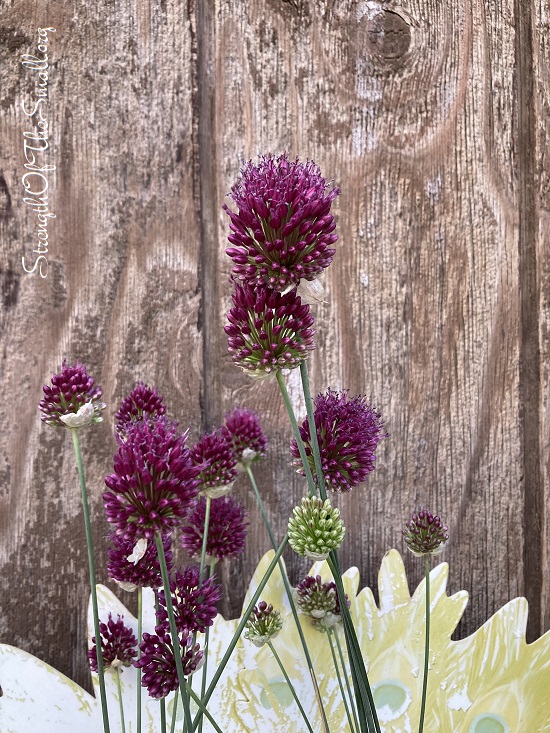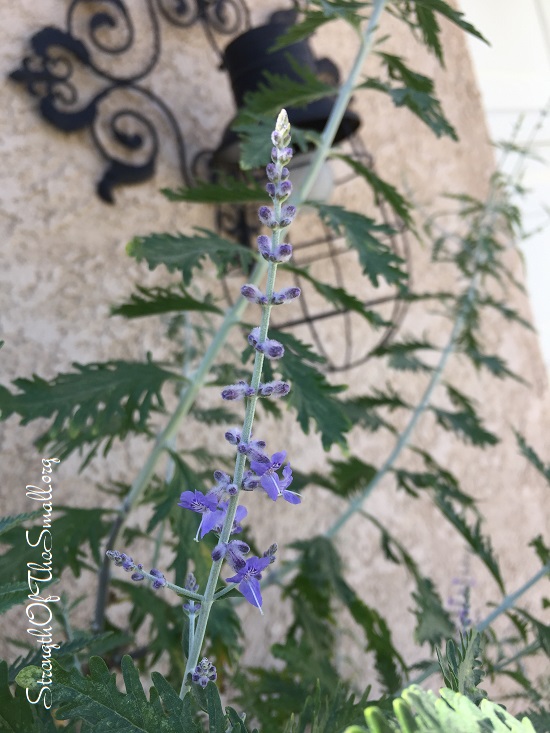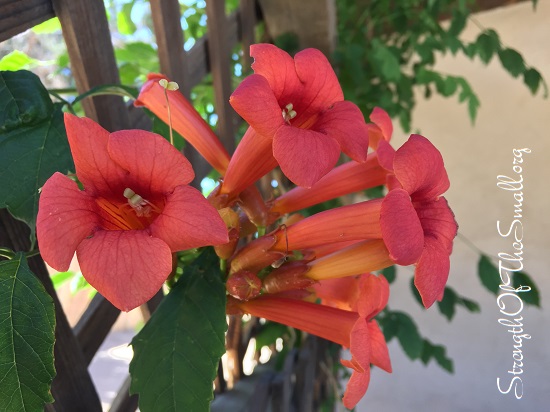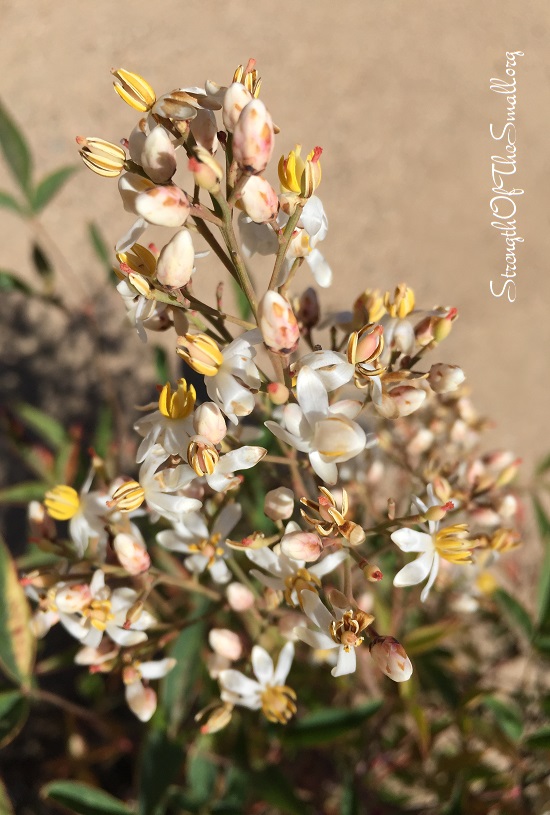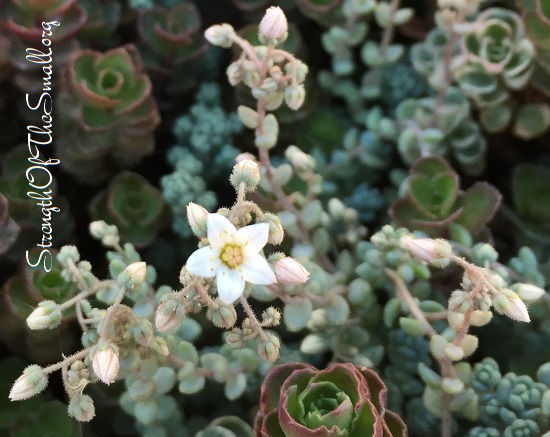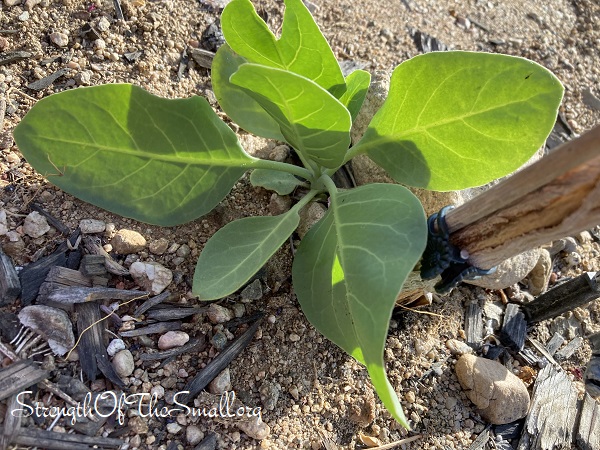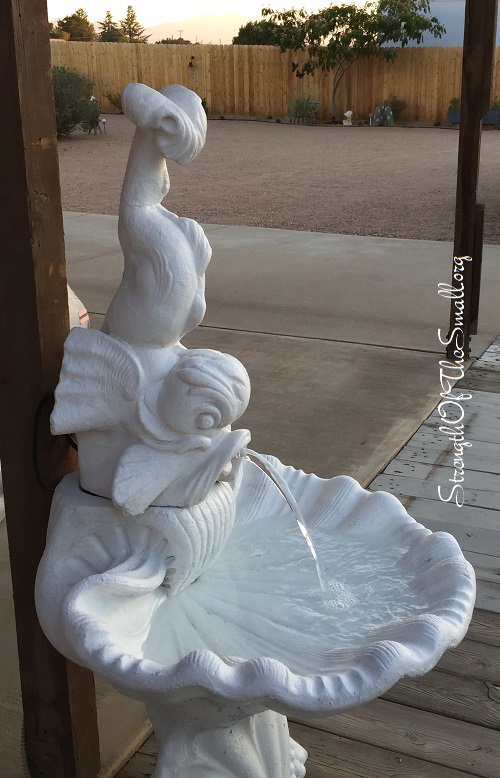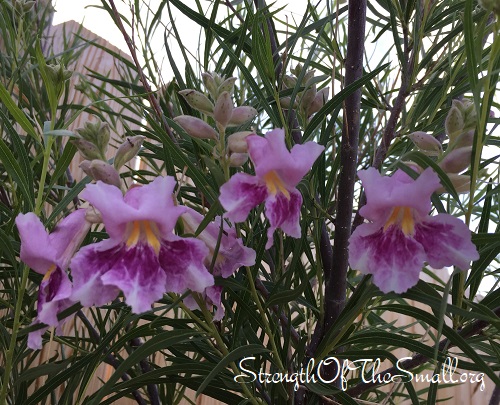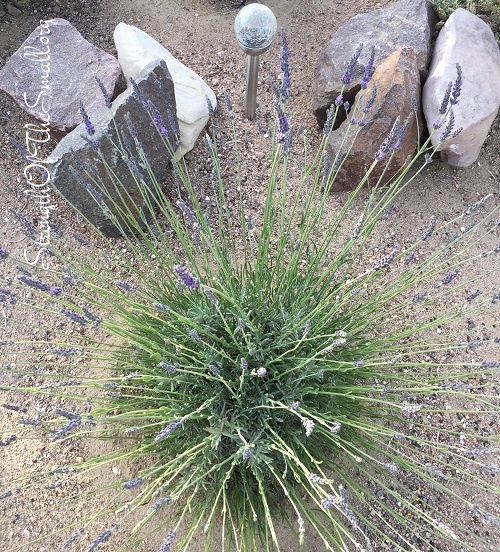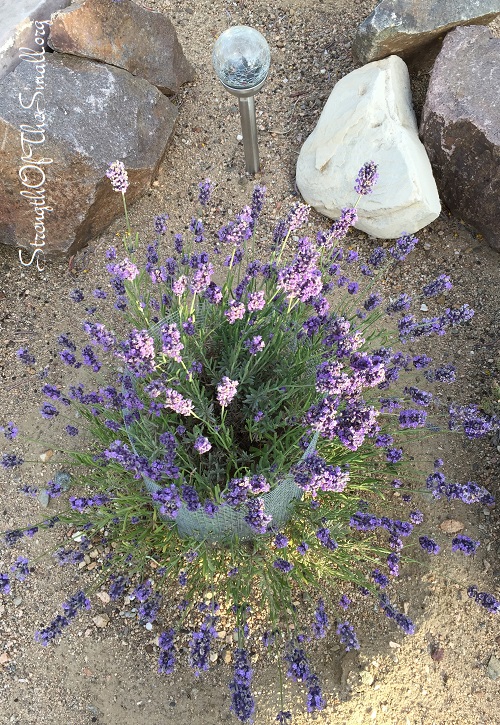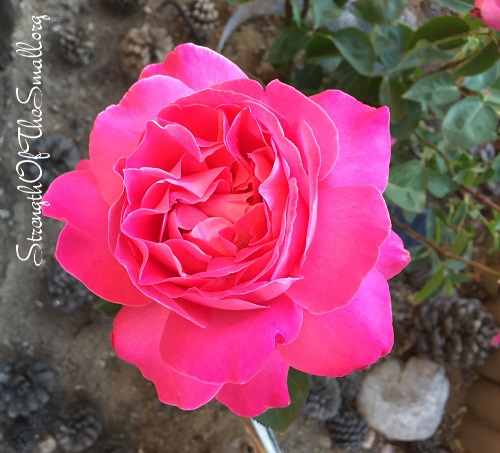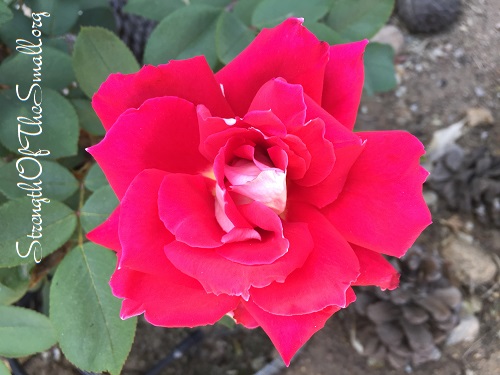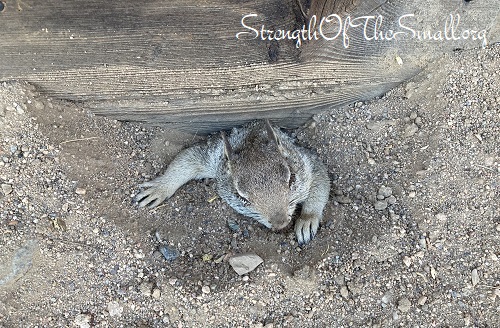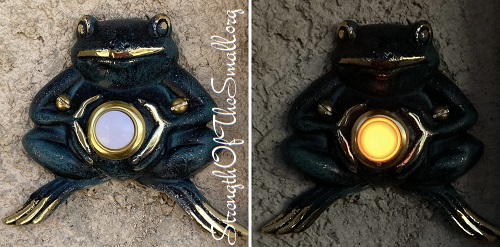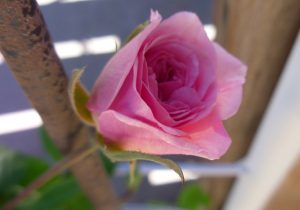“Gratitude for the turning of the seasons. May we attune our hearts to their enduring message of renewal.” — Kristin Granger
It’s a new month and a new season, renewing and refreshing …
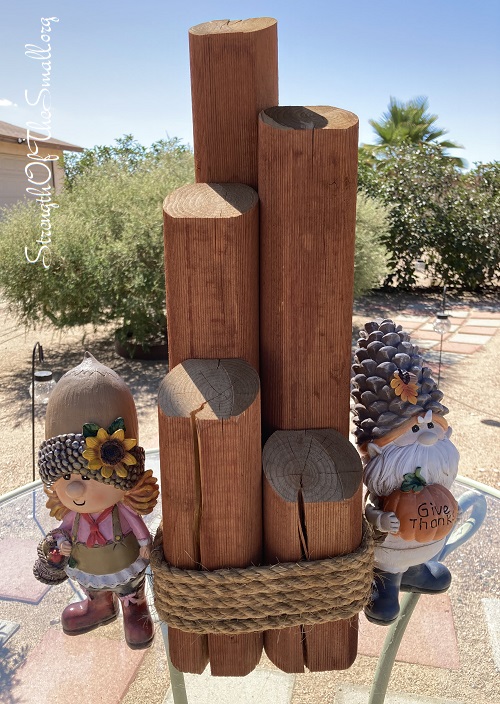
The weather has been bearable; however, between work and the kids, I haven’t had enough time to enjoy gardening. A couple of days ago, I dug out all of the Russian Sage in the front yard and disposed of them. I loved the plants, but they were spreading too fast and looking more like trees than shrubs. I have been wondering if it had something to do with the fact that they were in partial shade? Perhaps growing tall was the result of reaching out for more sunlight? The Russian Sage I planted in the backyard in full sun around the same time are growing at a normal rate.
Trees are starting to shed their leaves; the rose bushes and Texas Sage shrubs are full of blooms.
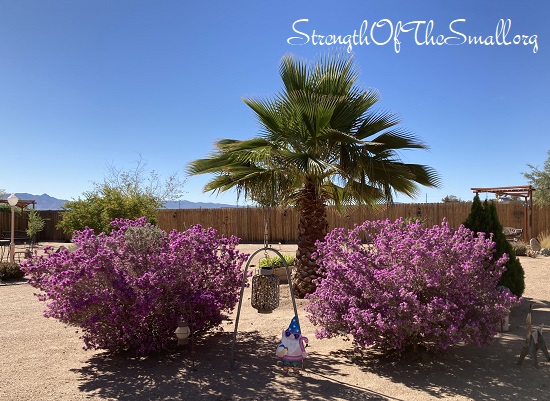
Last week I spotted a strange looking insect, similar to the Desert Camel at a first glance, but looking like a cricket.
The Jerusalem Cricket (Stenopelmatus Fuscus), also known as Potato Bug, Child of the Earth, Skull Cricket, Stone Cricket, and Sand Cricket is a large slow moving, six-legged flightless insect with a large orangish head, tiny eyes, and antennae spreading apart. It has humpback abdomen usually with black and yellow stripes. The insect is native to the western United States and Mexico, as well as semi-arid and dry climates. The insect feeds on smaller insects, decaying plants, and vegetation. They communicate through vibrations by producing a hissing noise due to the absence of ears.
It is said that the insect is not poisonous but can bite when provoked, resulting in moderate, short-lived pain (sores and skin rash). Their sharp and strong jaws can cut through fabrics and thin plastic. They are most active at night and during the day they burrows beneath rocks, logs, or in sand. According to ocvector.org, in order to find a mate, adults strike their abdomen on the ground (this behavior is called drumming). The vibrations travel through soil and are used to locate each other.
Click here for more information.
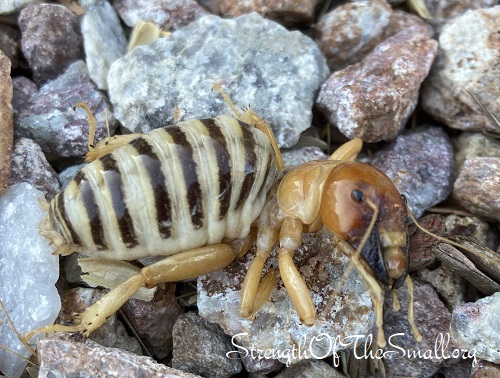
Happy New Month and Happy Gardening!

